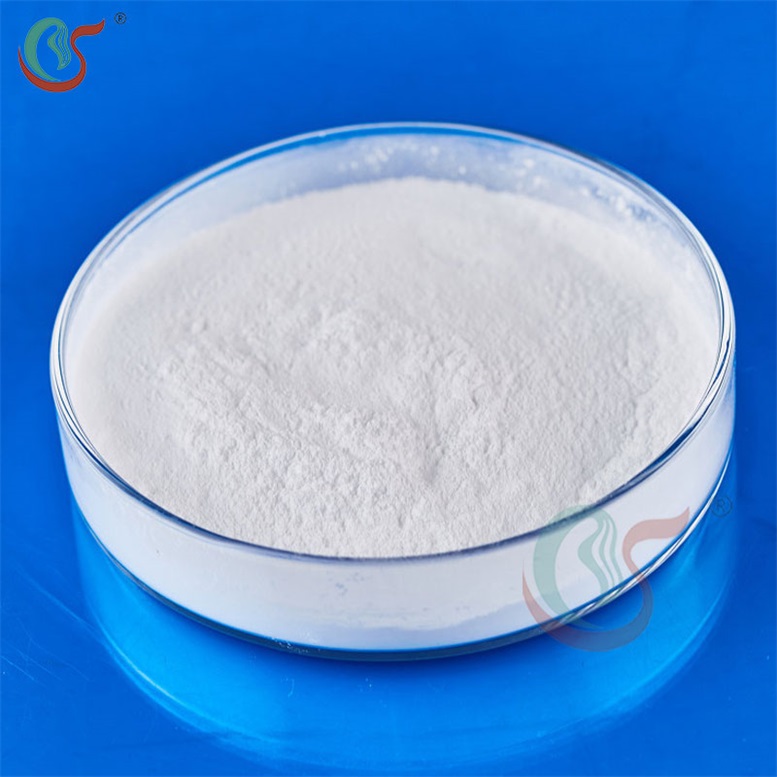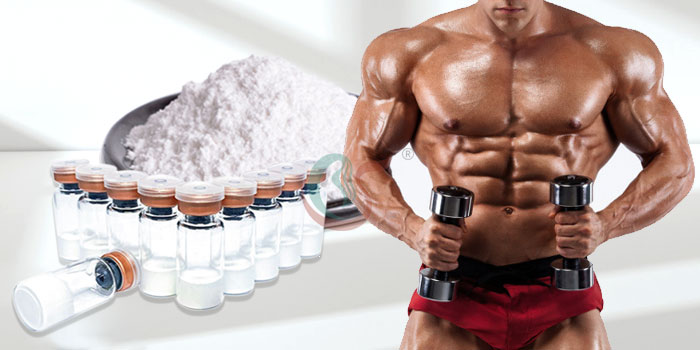The amount of water that camels feed from feed differs depending on the season, pasture, and pasture. During the autumn grazing, the camel drinks 4.5 liters a day, which can be increased to 13 liters per day in the spring; in valley pasture, the camel can get 24 liters of water from pasture each day; in grazing in saline meadow, it can even reach 30 per day. Rise. Camels and feeding dry fodder, straw and concentrates, and water shortage for 10 days or more will also not be affected. From October to May of the following year, there is a lot of water in the plants, at which time the camels drink less water. Camel drinking water is quite large, drinking water is also very fast, within a minute can drink 10 liters to 20 liters, less than 10 minutes that can drink to 100 liters to 120 liters, accounting for almost 1/3 of its weight. When thirsty, the camel can drink 130 liters of water once. Even if the camel lacks water, it can be completely recovered by allowing it to drink once and dispense some feed. Sometimes the camel does not drink water for several weeks. At this time, as long as it is provided for drinking 2 to 3 times, it can drink 200 liters of water in a few hours. Therefore, the camel has strong compensatory ability for water. Traditional long-range grazing rearing Camels are the only livestock that can live in deserts and semi-desert areas for a long time. In traditional llama areas, because vegetation is sparse and irregular, it is not possible to centrally breed and breed camels. These areas are also often unsuitable for raising other livestock or agricultural production. The grazing of camels is completely different from that of cattle and sheep. No overgrazing occurs. The herds continue to move, and the camel feeds only a small part of each plant. Even in areas with poor vegetation, camels never eat out all pasture. Therefore, the traditional way of grazing is to adopt traditional long-range grazing. In order to make full and reasonable use of natural pasture vegetation, grassland can be laid out in a planned manner according to grazing time, type of grassland, number of camels, and nature of production, and rotational grazing is carried out. All camel herds are examined for health, deworming, and vaccination. For the year-end grazing camel feeding in the winter and spring, for the maternal pregnancy camel, breast-feeding mother camel, baby camel, and camel, etc., should also be appropriate to the forage. A peak of 450 kg to 700 kg of camel daily supplement crude feed 16 kg to 22 kg, concentrate feed 1.5 kg to 2 kg. The types of roughage are Artemisia straw, alfalfa (such as corn stover, wheat straw, and cereal straw), hay (such as alfalfa hay, meadow hay, etc.), root vegetables, and others (such as carrots, potatoes, garland chrysanthemum, silage, etc.); Cereals (such as corn, barley, oats, sorghum, grass, etc.); processing byproducts (such as rapeseed cake, flax cake, wheat bran, sugar residue, etc.), mineral feed (salt, bone meal, etc.). The forage is generally fed in three times a day. During the day and before work, the main feed is concentrated feed, with less feed for roughage, and for feed for roughage in the evening. Salt and bone meal are free to eat. Fence rearing When setting up, a simple, movable fence can be established to surround the camel at night. Before enclosing, the enclosure needs shading, and it must be ensured that sufficient feed is supplied. It is not enough to provide feed for maintenance only, and production needs must also be considered. There should be detailed records, like cattle and sheep rearing, that can provide the energy value of each feed and the feed requirements at different ages and stages of production. The fencing of the camel is based on grazing and semi-grazing. Generally, the amount of concentrate feed is small, but only in some places where the conditions are good and where fodder is stored, when the grass is not good and the maternal is thin, give a small amount of concentrate. , Generally more than 3 kg, less 0.5 kg to 1 kg. The female camel can be fed with good legumes and grasses from 5 kg to 6 kg per day, mixed concentrates from 2 kg to 4 kg, and appropriate amounts of salt and calcium and phosphorus. The best place to feed carrots or barley malt 1.5 kg to 2 kg. In regions where there is little or no salty grass, salt should be paid attention to. Normally, it is advisable that adult camels should supply 100 grams of salt every day and night. In addition, plants with strong adaptability and high nutritional value can be introduced in the grazing areas, such as black Haloxylon, black and white salt wood, wood Kochia, artemisia, camel wormwood, quail miso, and pigweed, etc., which will be conducive to grazing camels. The maintenance of the area. Common camel diseases and prevention measures Viral diseases Camel pox: This is a viral disease that occurs mainly in camels. It spreads regularly in young camel, and benign lesions are often seen in the lips, head and other soft skin areas. Should find the sick camel as soon as possible, timely isolation, symptomatic treatment. Foot-and-Mouth Disease: The characteristics of camel-infected foot-and-mouth disease are that the old weak camel and the young camel have more incidences and the infection is slower. The symptoms of a sick camel are similar to cows. Some of the lesions were found only in the hooves, and some were found in the mouth and hooves. Once onset, the site should be blocked immediately and the animal should be burned or buried. Herds surrounding the affected area should be vaccinated and an immune protection zone established. Bacterial diseases Anthrax: An acute zoonotic disease caused by Bacillus anthracis. The main manifestations of the camel are lymphadenectasis, fever, and sudden death. Brucellosis: It is a zoonotic infectious disease caused by Brucella, and all kinds of camels can be infected, mainly as abortion. The disease not only harms livestock production, but also seriously harms human health. The diseased camel was immediately isolated and inoculated with bacterins. Corynebacterium: also known as abscess. The disease spreads widely. At the time of slaughter, pulmonary alveolar edema caused by Corynebacterium can be found. It can also cause pericarditis and pleurisy. Find the sick camel as soon as possible and isolate the treatment. Pasteurellosis: Pasteurellosis is an animal infectious disease caused by bacteria of the genus Pasteurella. Pasteurellosis of camel is an acute thermal infectious disease caused by Pasteurella multocida which is characterized by fever, edema of pharyngeal and anterior shoulders, and gastroenteritis. The sick camel should be immediately isolated and timely treated with streptomycin, oxytetracycline, and sulfa drugs. The environment should be disinfected. parasitic disease Trypanosomiasis: A serious invasion of the inside and outside of the camel can cause the death of the camel. The performance of chronic fever, can cause abortion miscarriage, premature delivery and young camel development is blocked, resulting in greatly reduced reproductive performance, the source is the Trypanosoma cruzi. Hydatid disease, also known as hydatid disease, is an endemic disease. Vesicles can be found on the lungs, liver, and spleen. The parasitic ratio is much greater than previously known. However, no specific treatment is available. We must adopt a policy of prevention and treatment to prevent the disease of humans and animals. Laryngosis myiasis: a seasonal disease found in the nasopharynx of camels; it is also a seasonal chronic disease. There is no ideal treatment. According to reports, trichlorfon (0.03% to .05%) is mixed with drinking water from March to April and from July to August each year to prevent and treat the disease. Rickets: mainly caused by paralysis. Deafness is a serious problem that can be found in the body of a camel, often focusing on the ears and under the tail. Larvae can be found deep in the ear. Spraying poison parathion, trichlorfon, sulfur, naphthyl naftate, and campestris can kill fleas and prevent further spread. The main measures for preventing and treating these diseases are: systemic treatment of trypanosomiasis, anthelmintic treatment, vaccination against purulent diseases, inoculation of acne vaccine, and vaccination against anthrax. In short, the main reason affecting the development of the camel industry is the long cycle of the breeding of camel herds and its slow improvement. Feeding camels should change the method of long-distance grazing, control the grazing time, distance, and appropriate fence feeding can improve the management, feeding, selection and control of parasites and other diseases, help to improve the growth performance of camel. All of these factors will increase the value of camel use and completely change the situation in the camel's use of existing pasture. Therefore, only by strengthening the construction of grasslands and better and rational use of grassland can the animal protein production be better. Only by strengthening the feeding and management of camels, improving grassland, improving grazing management techniques and forage grass production, can we increase the production capacity of camels, increase the quality of camel herds, and develop the development of the hump industry, which will prompt extremely sensitive to drought and slow development. Camels grow rapidly and multiply, allowing them to continue to feed humans under severe drought conditions. Nandrolone is an anabolic steroid, a group of drugs normally synthesized from the male reproductive hormone testosterone, Nandrolone can help rebuild body tissues, increase body and bone mass, and promote the formation of red blood cells. The positive effects of Nandrolone include muscle growth, appetite stimulation and increased red blood cell production and bone density.
Our Hot Sales products are:API Powder China Steroid Raws Powder Oil/ Sarms/ Bodybuilding Peptide sell on line.
Nandrolone Powder,Nandrolone Decanoate Powder,Nandrolone Decanoate Raw Powder,Nandrolone In Protein Powder Shaanxi Kang New Pharmaceutical co., Ltd. , https://www.anabolicsteriod.com

